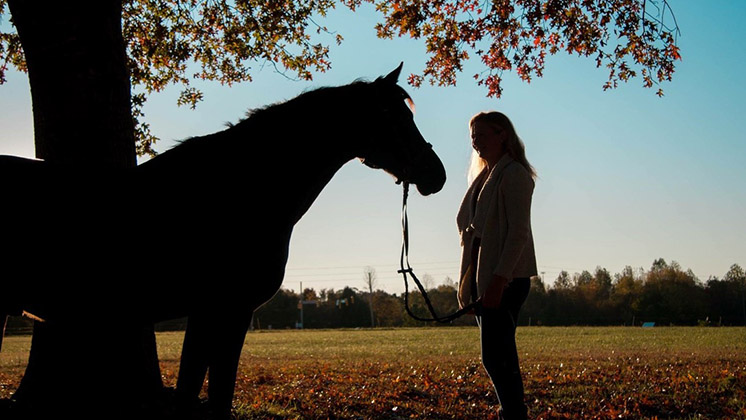Exploring the Landscape of Human-Animal Bond Research

The bond between humans and animals has fascinated people for centuries, evolving from partnerships with wild animals to deep relationships with pets. In recent years, the academic field studying these interactions has grown significantly, resulting in the emergence of research centers worldwide. A 2021 survey sheds light on how this field has expanded and evolved since 2016.
Growth and Expansion
The survey, conducted in 2021, included responses from 21 academic centers globally—a 31% increase from 2016. The findings showed that many centers are relatively young, with one-third established in the last decade. This growth underscores the increasing recognition of the human-animal bond's importance across various disciplines.
Focus Areas and Methods
Most centers (95%) focused on research involving companion animals, particularly dogs. The top research themes included animal-assisted interventions and animal welfare, reflecting a balanced focus on both human benefits and animal well-being. Surveys were the most commonly used method for data collection, followed by qualitative and behavioral analyses.
Educational and Engagement Programs
The survey revealed that 48% of centers offered formal educational opportunities, such as degree and certificate programs. Engagement initiatives included animal-assisted activities, therapy, and educational outreach. Most centers connected with communities via their websites and social media, promoting a broad reach and awareness.
Key Changes Since 2016
The landscape has shifted in notable ways:
- The specialization of center directors has moved from veterinary-focused to human-centered disciplines, indicating a broader scope of interest in human impacts.
- Collaboration, especially with international partners, has increased.
- Engagement activities have adapted, possibly due to the COVID-19 pandemic, affecting how centers interact with healthcare and community facilities.
Challenges and Future Directions
While the field is thriving, challenges remain, such as ensuring funding and aligning educational programs with career paths to avoid losing talent. Future efforts could focus on diversifying study populations and methodologies to capture more varied human-animal interactions.
Conclusion
The 2021 survey highlights an exciting phase for human-animal bond research, showcasing a field that continues to evolve through growth, interdisciplinary collaboration, and expanded education. Continued monitoring and research will be vital in supporting this momentum and fostering meaningful progress in both academic and practical settings.
Read the Research Paper
This article was based on the research of Dr. Leanne Nieforth and the HAPI lab. Read the research:
Suggested Articles

Exploring the Benefits of Animal-Assisted Interventions for Autism Spectrum Disorder (ASD)
Explore the growing impact of Animal-Assisted Interventions (AAIs) for Autism Spectrum Disorder, enhancing social engagement, emotional well-being, and behavioral outcomes, while highlighting research trends and challenges.
Read more
How Horses Help Adolescents Build Resilience
Discover the transformative power of Equine Assisted Psychotherapy (EAP), blending traditional therapy with horse-guided healing to help adolescents overcome trauma, build resilience, and foster emotional growth.
Read more
The Growing Global Landscape of Human-Animal Interaction Centers
Explore the rapid growth of human-animal interaction (HAI) research from 2016 to 2021, focusing on global collaboration, educational integration, and advancing the well-being of humans and animals alike.
Read more
